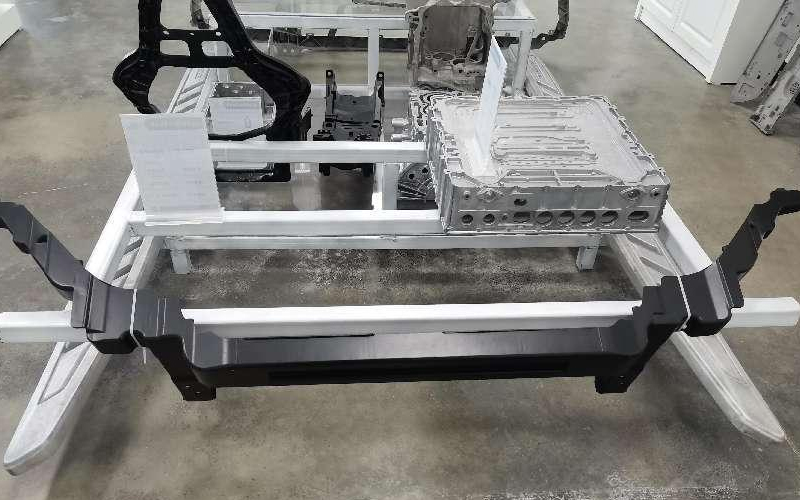Die casting is a manufacturing process that involves injecting molten metal into a mold, which is then cooled and solidified to create a specific shape or design. This process is commonly used in a variety of industries, including automotive, aerospace, and electronics, to produce high-quality metal parts that are both durable and cost-effective.
In this comprehensive guide, we will explore the world of die castings, including the different types of die casting, the advantages and disadvantages of this manufacturing process, and some of the most common applications for die castings.
Types of Die Casting
There are three main types of die casting: hot chamber, cold chamber, and vacuum die casting. Each type has its own unique advantages and disadvantages, and is best suited for specific applications.
Hot chamber die casting is commonly used for producing zinc, magnesium, and other low melting point alloys. In this method, the metal is melted in a chamber located within the die casting machine and then injected into the mold. This process is faster and more efficient than cold chamber die casting, but is limited to low melting point alloys due to the high temperatures involved.
Cold chamber die casting is used for producing aluminum, copper, and other high melting point alloys. In this method, the metal is melted in a separate furnace and then transferred to the die casting machine. This process is slower than hot chamber die casting, but allows for the production of high-quality parts with complex geometries.
Vacuum die casting is a specialized form of die casting that is used for producing high-precision parts with minimal porosity. In this method, the metal is melted under vacuum conditions to eliminate any trapped air or gases in the mold. This process is slower and more expensive than other types of die casting, but produces parts with exceptional surface finish and dimensional accuracy.
Advantages and Disadvantages of Die Casting
Die casting offers several advantages over other manufacturing processes, including:
– High production speed and efficiency
– Precise control over part dimensions and tolerances
– Ability to produce complex shapes and geometries
– High strength and durability of finished parts
– Cost-effective for large production runs
However, die casting also has some disadvantages to consider, including:
– High initial tooling costs for creating molds
– Limited material options due to the high temperatures involved
– Difficulty in producing very large or very small parts
– Potential for porosity and other defects in finished parts

Applications of Die Castings
Die castings are used in a wide range of applications across many different industries. Some of the most common applications include:
– Automotive parts, such as engine components, transmission housings, and brake calipers
– Aerospace parts, such as engine components, airframe components, and landing gear
– Electrical and electronic components, such as connectors, switches, and enclosures
– Consumer products, such as toys, sporting goods, and household appliances
– Medical equipment, such as surgical instruments and prosthetic devices
Conclusion
Die casting is a versatile and cost-effective manufacturing process that offers many advantages for producing high-quality metal parts. By understanding the different types of die casting, as well as the advantages and disadvantages of this process, you can make an informed decision about whether or not die casting is the right choice for your manufacturing needs. With its ability to produce complex geometries, high strength and durability, and cost-effectiveness for large production runs, die casting is sure to remain a popular choice for many industries for years to come.
-

- Ανταλλακτικά και εξαρτήματα OEM χυτά χυτά
-

- Bicycle Freehub 12/14/16 ιντσών Παιδικό ποδήλατο Ποδήλατα Low Rider Ποδήλατα μαγνησίου από κράμα αλουμινίου Παιδικό ποδήλατο 3-8 ετών Διαθέσιμο
-

- Τροχός ποδηλάτου εξαρτημάτων χυτηρίου από κράμα μαγνησίου με κατεργασία CNC & φινίρισμα επιφανειών
-

- Ηλεκτρικό ποδήλατο από κράμα μαγνησίου 12 ιντσών Ενσωματωμένος τροχός 36v10ah Ηλεκτρικό μοτοποδήλατο
-

- Magnesium alloy foundry parts bicycle frame CNC machining & surface finishing
-

- Magnesium Aluminium alloy die casting parts Chain cover for automotive

 0086-750-5616188
0086-750-5616188 +86 13392089688
+86 13392089688 sales@zhongmei-tech.com
sales@zhongmei-tech.com







